
With
a film career spanning several decades and genres, legendary
director Brian De Palma continues to seek out new challenges. This
week, the man who brought us SCARFACE, THE UNTOUCHABLES and
CARLITO’S WAY adds a bit of noir to the mix with his latest film, THE
BLACK DAHLIA. Based on the novel by James Ellroy (who also
wrote L.A. CONFIDENTIAL), Dahlia explores the sleazy underworld of
1940s
Los Angeles
with the same trademark operatic sensibility that distinguishes De
Palma’s other classics.
Brian
De Palma recently stopped by the Millennium Biltmore for a press
conference to promote his latest film. Here are some excerpts.
Brian
De Palma

Did
you see that immediate chemistry between Josh Hartnett and Scarlett
Johansson?
No,
to tell you the truth I didn’t know that anything was going on
until Scarlett came to visit the set after her shooting was done. I
said, “Why would anybody come back to
Bulgaria
to visit the set?” That was the only time I knew anything. But I
thought that Josh and Hilary (Swank) – whoah.
The way they kissed each other was so erotic. I mean, she was
tasting him like he’s a grape. A piece of fruit.
How
difficult was it to re-create the look and feel of old Los Angeles?
The
problem was first finding locations, what still exists. With me, the
location gives me all kinds of visual ideas. And this was an unusual
movie because the financing kept falling through, so I had to go to
different capitols and find the locations all again. The Linscott
mansion I found in like four different countries. You have to deal
with what you actually have, then with your art director you figure
out how you can change it to fit into the design of the movie. In
this case, the key locations changed many times until we finally got
enough financing to make the movie in Bulgaria.
By
then I’d gone through a permutation of these different principal
locations like the Linscotts and the circular staircase, which I
originally found here in Los Angeles. And then I found something in
the municipal building in Bulgaria that was somewhat similar to my
initial idea. So what happens is that these ideas become concrete in
photograph, then they go into your brain and you design a sequence
to make it and that becomes the design of the movie. And of course
you’re collaborating with Dante Ferretti, who was a great eye. And
you come up with something that was an original look for the noir
piece.
I
think about everything that goes up on that screen, because I
remember movies where I was entranced by the selection of the
actors, the costumes, the locations, the historical period, all
those things. And when you see somebody that actually looks
like…take Pride and Prejudice, for instance. There’s a subject
that has been done many times over, and suddenly you have a director
that brings a specific vision to it with a great art director and
you go, “Wow.” I’ve seen 73 Pride and Prejudices; why does
this one seem to jump off the screen? And that has a lot to do with
the selection of those visual elements.
This
film has a lot of dark comedy elements. How did you go about setting
that tone?
That’s
the tone of the book. That very much exists in the book…you’re
in a nuthouse. These people are insane. The way Ellroy wrote it,
it’s sort of like a comic opera. I don’t know how else to
explain it. So what I did in order to get that across to the
audience was to shoot the entrance in first person – you want to
see these people? Let them look at you. Let Mrs. Linscott just look
at you like you’re trash. “How is this police man in my living
room?” So that was the adjustment I made. And when you have a dog
stuffed with a newspaper and Hilary just sort of tosses it off like
the weather, you go, “Wow, I’m in a looney bin here and everyone
else seems to think it’s quite normal.” And that’s exactly how
I did it, very much in the tone of the Ellroy book.
What
was it like giving life to the Dahlia in the film?
That
was something that wasn’t in the book. All he had was the Dahlia
in her eight-by-tens and then this grotesquely carved body in this
lot. Everybody talks about her in all kinds of not too positive
ways, whether it’s her father or the Cleopatra character;
they’ve all got bad stories about her. I said that we’ve got to
show the audience her so that we care about her, so that they can
get involved with this tragedy the way that Lee (Aaron Echkart) and
Bucky (Josh Hartnett) ultimately did.
There
were a bunch of screen tests in the early version of the script. So
Mia and I got together and we started with that. I played the
director and she played the person auditioning and I would just do
what a very destructive director would do. I guess I was Otto
Preminger, trying to destroy the actress before your eyes. And Mia
played off it. She’s an actress. She’s insecure. She wants the
job. And I’m saying, “Is that acting? Is that sadness?” And
she brought it right to the heart of the audience. It’s very
moving stuff because it’s all real. Those were just one long take
after another. And the reason it seems so vivid is it’s happening
right before your eyes.
Did
you work at with James Ellroy to make the story more filmable?
No.
Ellroy, his attitude is, “I got the money. Good luck.” We have
to deal with these problems by ourselves.
This
film deals a lot with the topic of obsession. How do you relate to
that as a director?
This
is what we do as directors – we create these images for you to
watch and fall in love with and then watch what happens to them. We
try to get you obsessed with our characters. Vertigo is the template
on this. I create an illusion; you fall in love with it and then I
kill it. Don’t you feel bad? Oh, there she is again; you can
re-create it. And then I’m gonna kill it again. [laughs]
How
important is post-production in a film like this?
Well,
it’s important to Vilmos (Zsigmond, the cinematographer) because
he likes to play around with the saturation of the colors. In this
present day, with this technology you can shoot something one way
and later adjust it in the digital process of making the final
negative of the movie. It all depends on the places. You gotta find
the places first, and then you gotta build places, like the whole
scene where the shootout occurs and the zoot suit riot – you gotta
build those places. Dante built like three or four city blocks in
Bulgaria.
One
set piece in the film is the lesbian club scene. Can you talk about
how that took shape?
Well,
I figured there would be some really trendy place in Hollywood, some
gay movie star-type club, so it would not be a lowdown dive; it
would be some really hip place. Hanging out with my lesbian friends
– they like pretty girls too. So why not have a lesbian chorus
line of these drop-dead beautiful girls making out with each other?
So I had this choreographer that worked with me on Femme Fatal, and
she had these Bulgarian dancers – plus a couple of ringers from
Paris – and we got this great singer (K.D. Lang) to sing the song.
I shot it all night; it was the last night in Bulgaria and I kept on
shooting it until the plane took off. [laughs]
Questions?
Comments? Manifestos? Send them to me at [email protected].


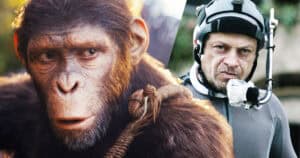
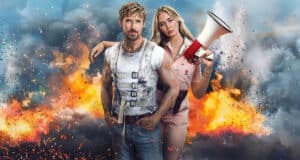
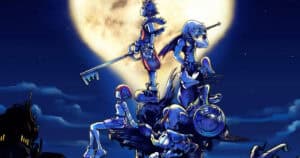
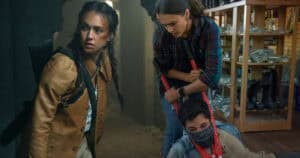


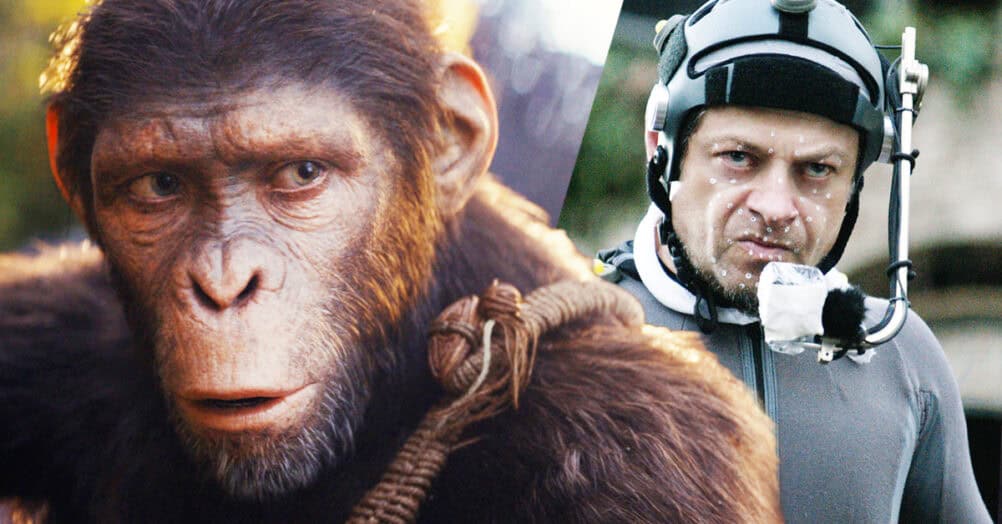
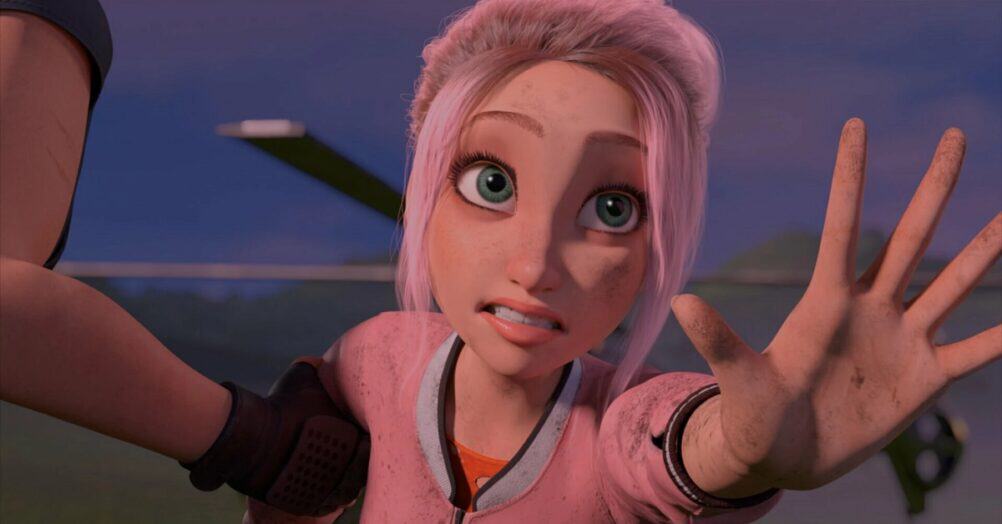
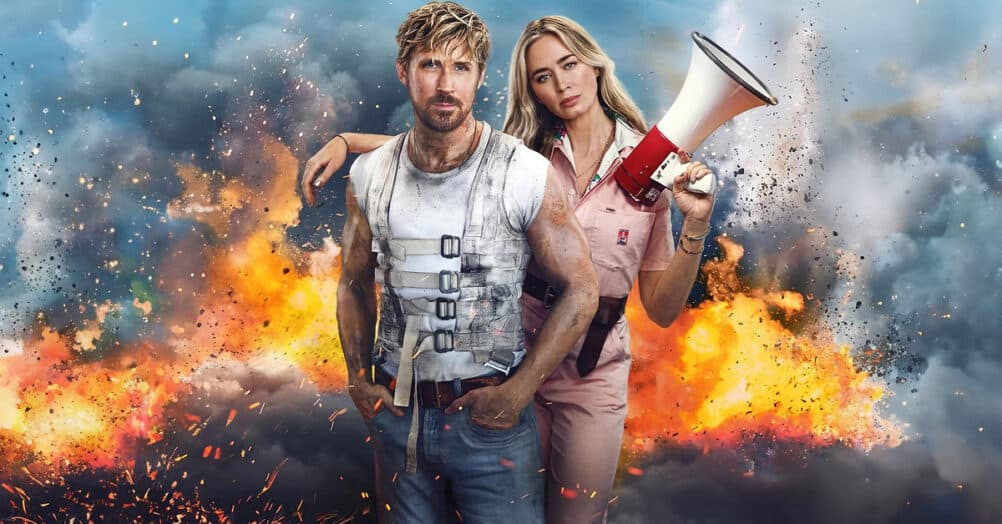
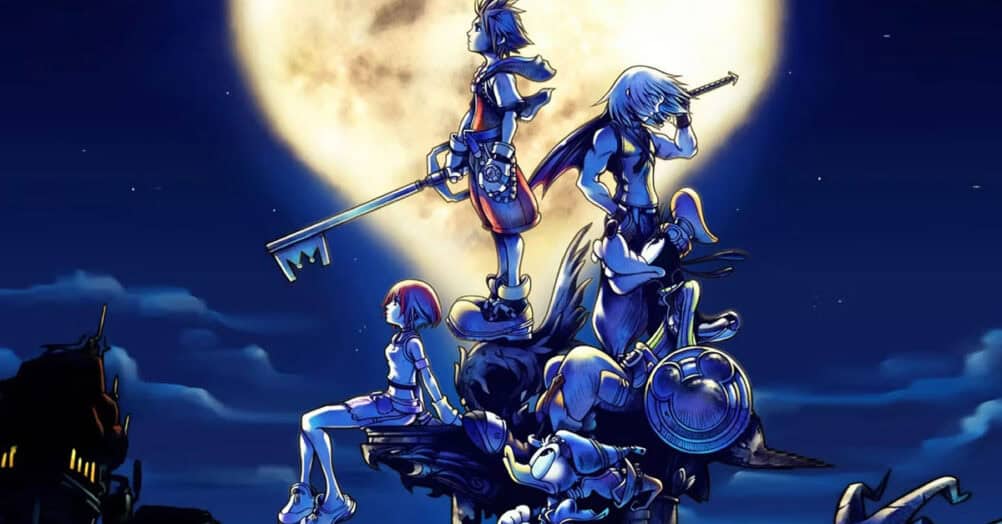
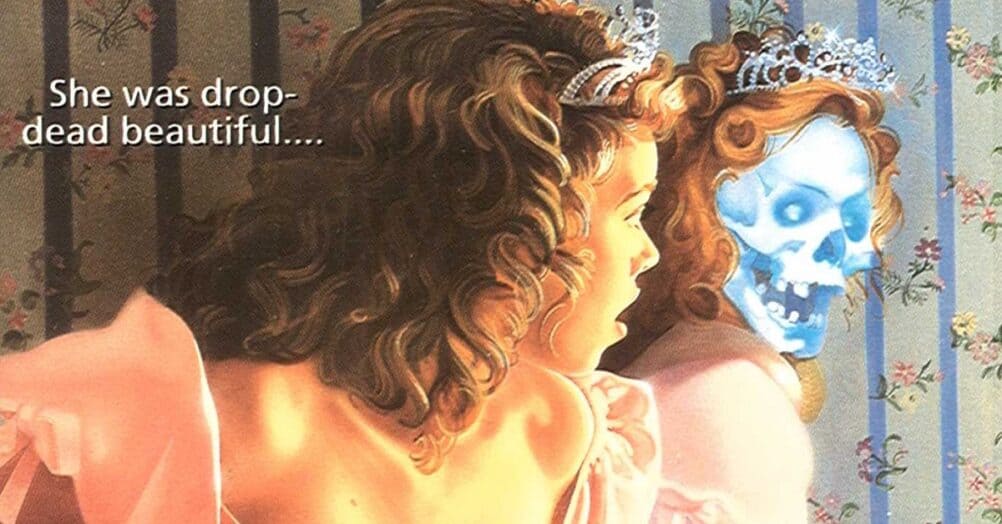
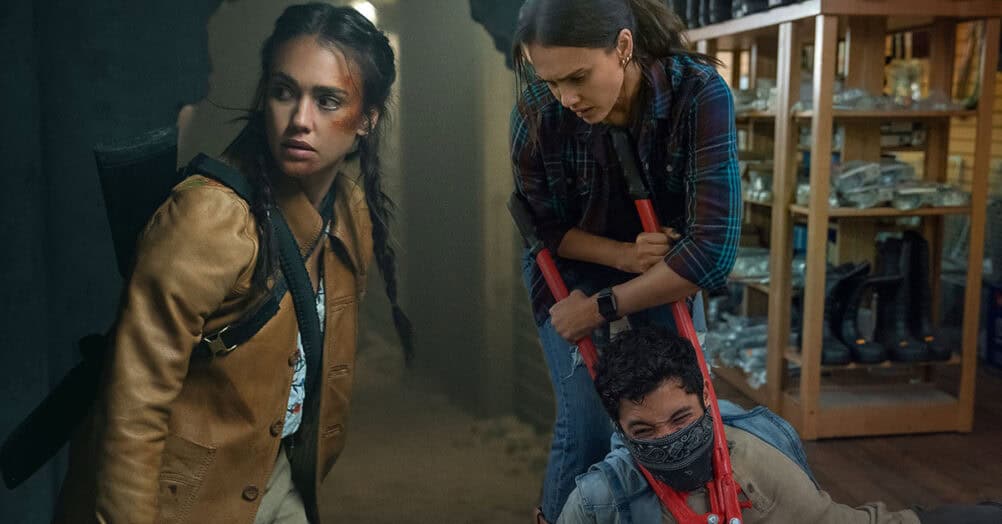
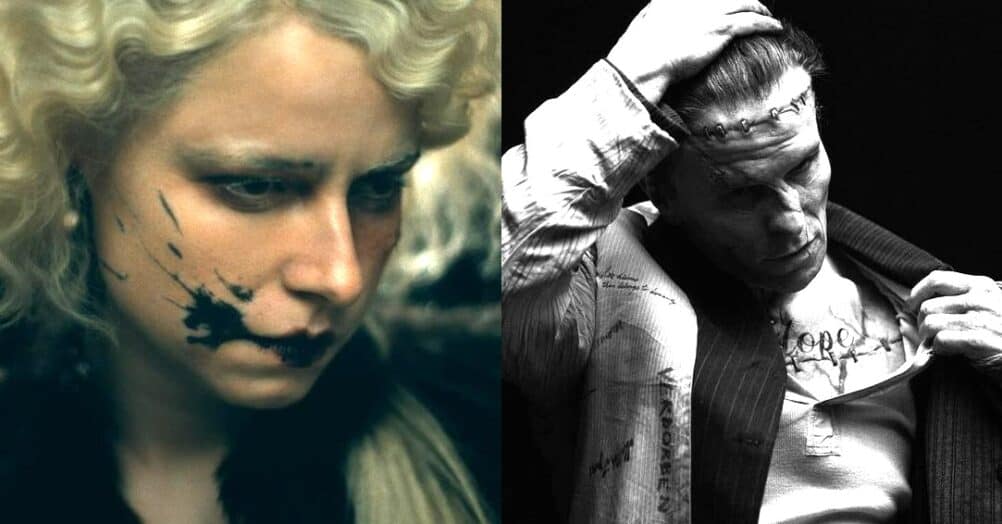
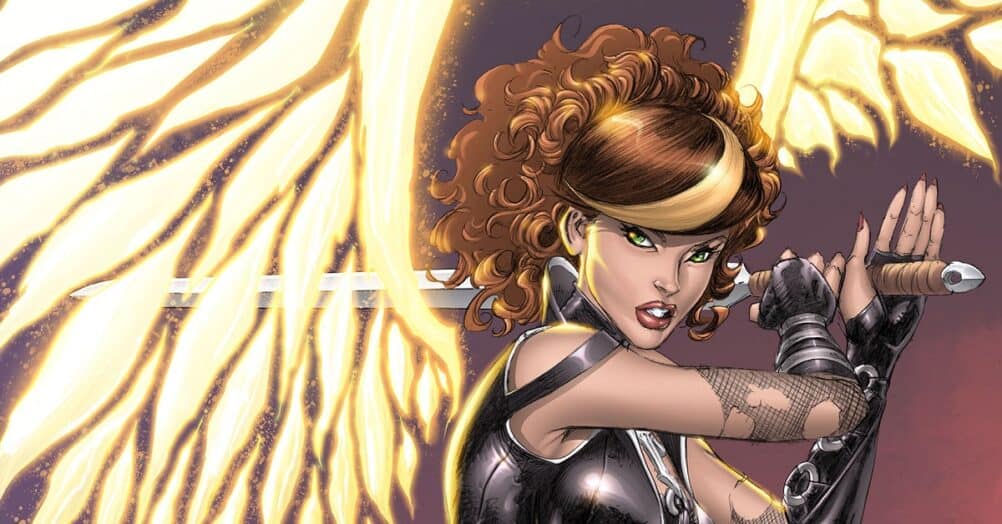
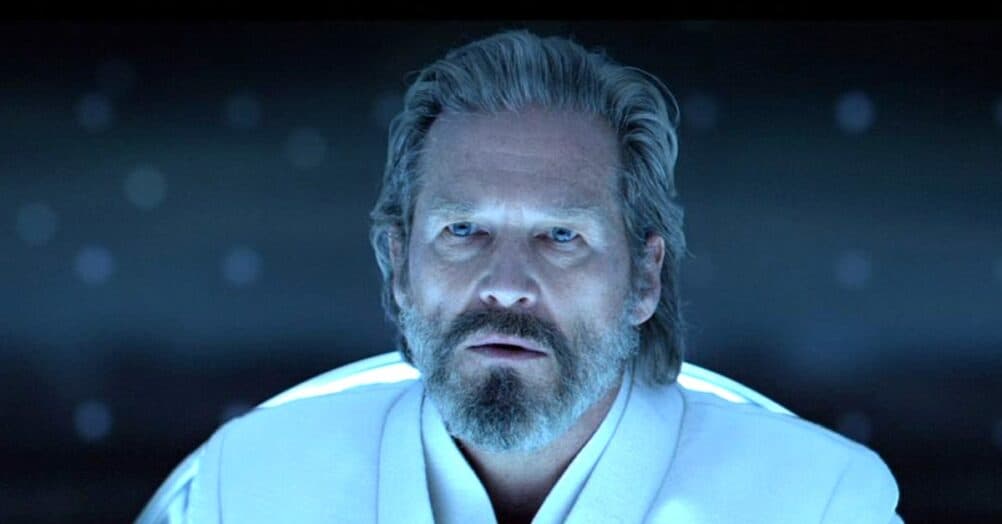
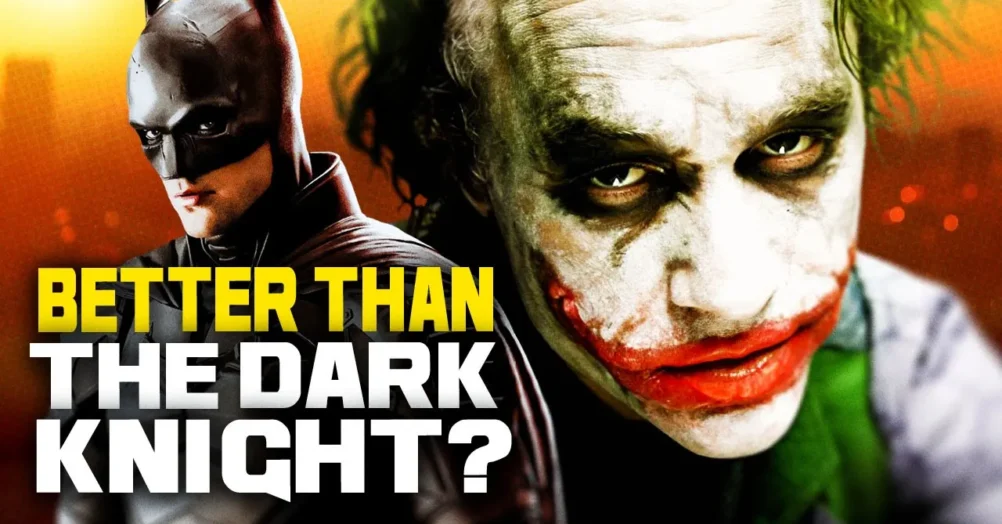
Follow the JOBLO MOVIE NETWORK
Follow us on YOUTUBE
Follow ARROW IN THE HEAD
Follow AITH on YOUTUBE